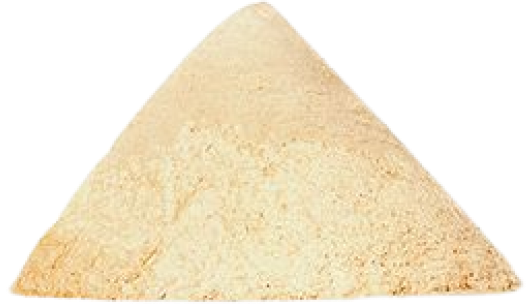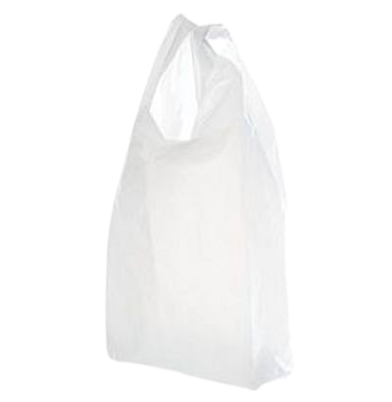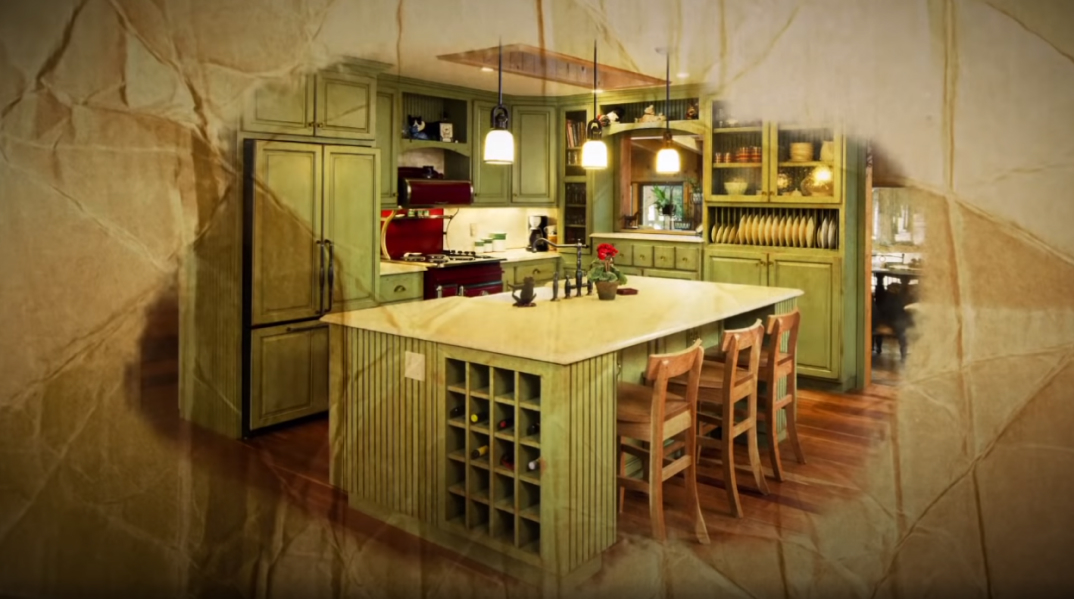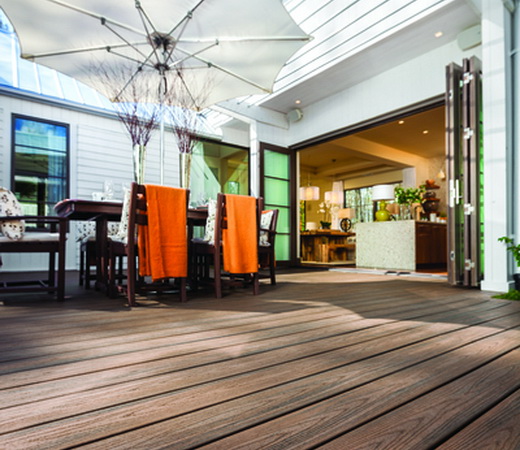Sustainability
Eco-Friendly Decking
We make Trex® eco-friendly composite decking boards from an innovative blend of 95% reclaimed timber and plastic—that’s almost the whole thing. And we’ve been this way for more than 20 years, well before green was a buzzword. Because in the end, all of us want to look out on our decks and know that we’ve done our part.
Trex composite decking boards don’t compromise on performance or reliability. They’re hassle-free and don’t require sanding, staining, or painting, which means less time working on your deck and more time relaxing outside. Your deck will look like new for years to come thanks to the protective outer shell on each Trex board, which can outlast harsh temperatures and inclement weather.
How is Trex Recycled Composite Decking Made?

Transcend Components
Reclaimed timber that would otherwise end up in a landfill can be used to make a Trex high-performance composite decks. By using reclaimed sawdust, we never have to cut down a tree to make our products. Ever..
Unlike timber, composite decking can withstand common deck issues like rot and termite damage.
Recycled Plastic Film
The reclaimed timber in our decks is combined with recycled plastic from a variety of sources ranging from the overwrap on paper towels to dry cleaner bags, sandwich bags, newspaper sleeves, and grocery and shopping bags.
Here’s an interesting fact: the average 500-square foot composite Trex deck contains 140,000 recycled plastic bags! That makes us one of the largest plastic bag recyclers in the U.S.


The Big Picture
Trex works along with other U.S. Green Building Council members to transform the way building and communities are designed, built and operated with the goal of creating environmentally and socially responsible spaces that improve the quality of life.
It’s important to know what your deck is made of and how the materials affect the environment. Most people are unaware that plastic or PVC decking is actually made from virgin plastic vs. recycled plastic, which is mostly created using coal, natural gas, or petroleum. Composite decking is more eco-friendly than plastic decking, and composite boards look more like real timber decks.
Composite decking is also more weather resistant than plastic and timber, and will resist swelling and contracting in extreme weather. If you’re looking for environmentally-friendly decking materials and don’t want to sacrifice quality or aesthetics, composite decking is the best option for you.
What is the Difference Between Recycled and Reclaimed Timber
While the two terms are sometimes used interchangeably, it’s important to understand the difference between recycled and reclaimed timber. Recycled timber refers to materials that are salvaged from another existing structure. Recycled timber could be sourced from a bridge, deck, or building among other places. Reclaimed timber is not sourced from other structures and instead comes straight from the forest floor.
It can be beneficial to use both recycled and reclaimed timber. Not only does this help to reduce waste, recycled and reclaimed timber are often more cost effective than other materials. Despite the price difference, both recycled and reclaimed timber can be durable and long lasting.



